
cd_nom
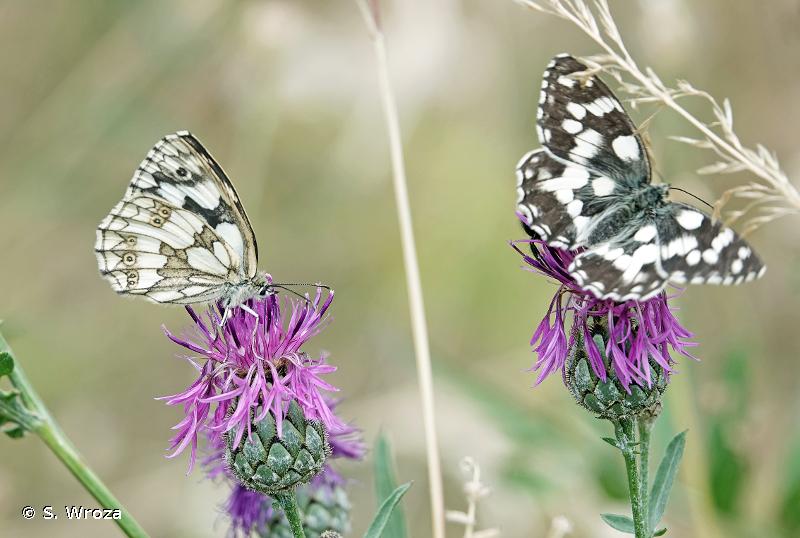
| Author : S. Wroza |
 |
Despite the Creative Commons license, please inform the author of the use which will be made of his photo
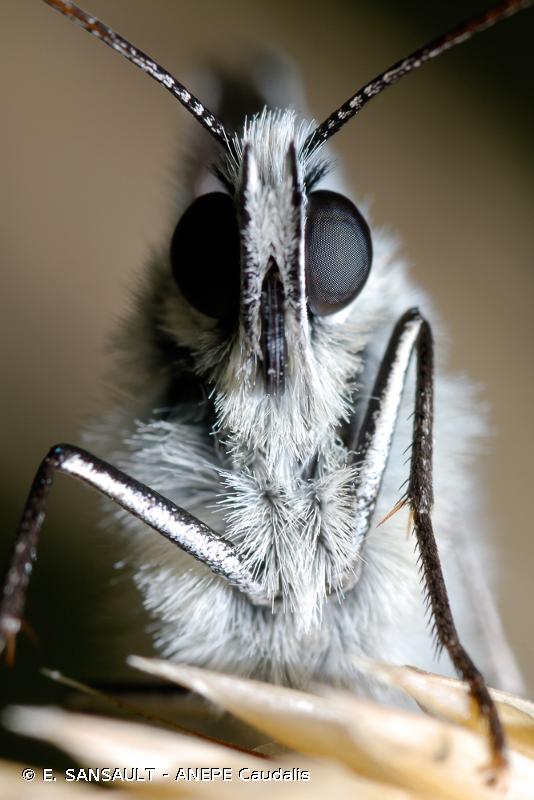
| Author : E. SANSAULT - ANEPE Caudalis |
 |
To get the picture, please visit:
Eric Sansault
ANEPE Caudalis
email : inpn@mnhn.fr
Despite the Creative Commons license, please inform the author of the use which will be made of his photo
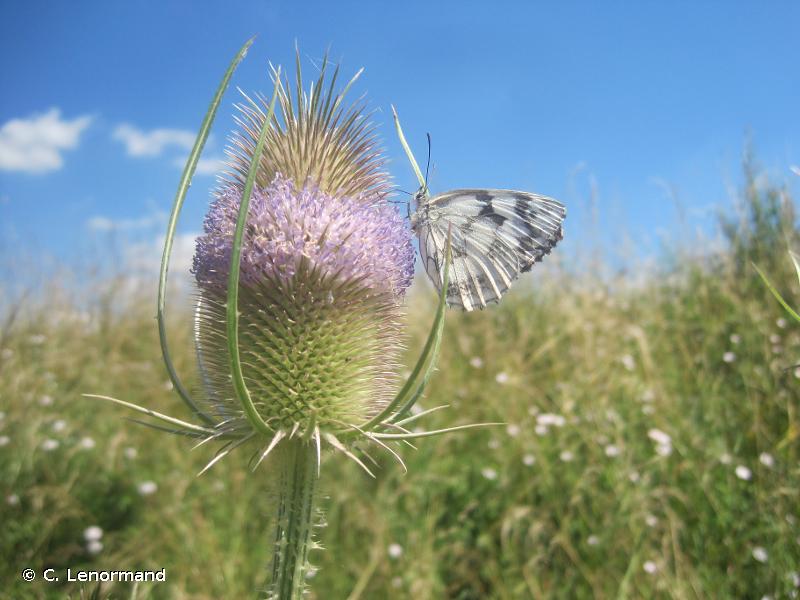
| Author : C. Lenormand |
 |
To get the picture, please visit:
Despite the Creative Commons license, please inform the author of the use which will be made of his photo
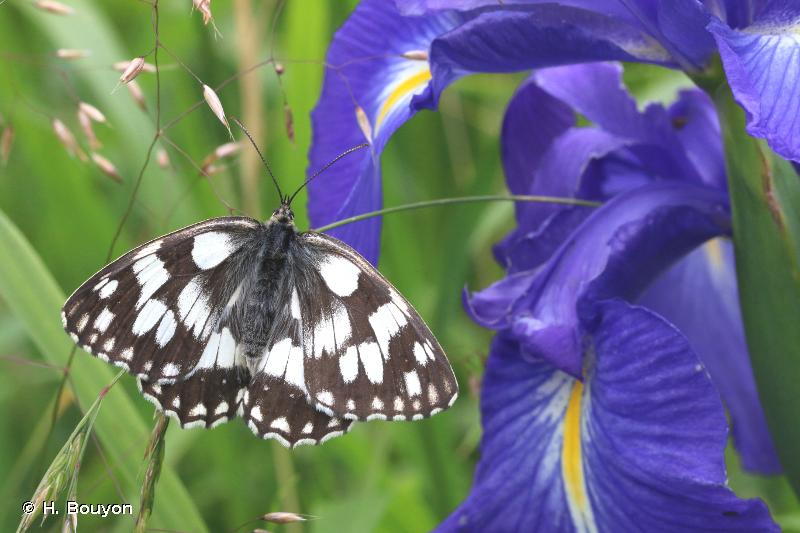
| Author : H. Bouyon |
 |
To get the picture, please visit:
Any reuse of one or more photographs on this site is subject to an authorization request from the author.
Link to the Code of Intellectual Property (Legifrance)

| Author : S. Wroza |
 |
Despite the Creative Commons license, please inform the author of the use which will be made of his photo
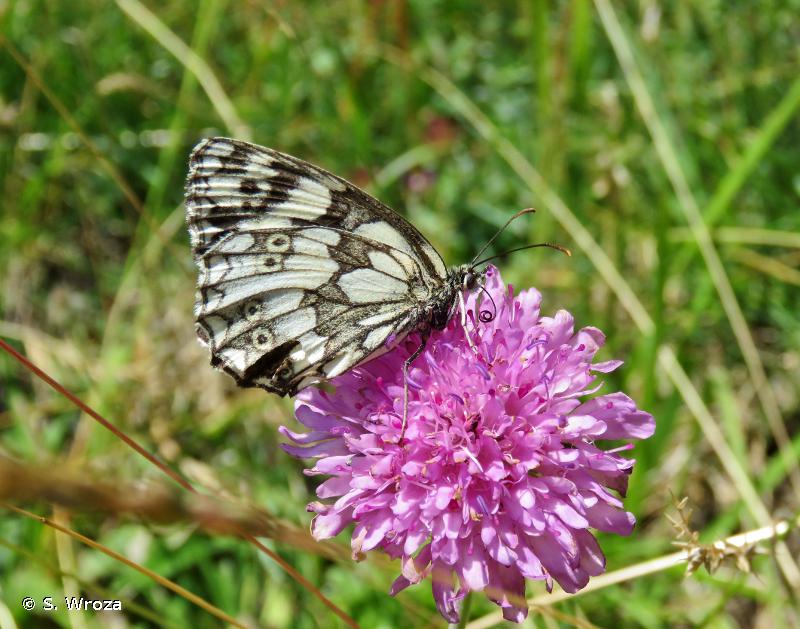
| Author : S. Wroza |
 |
Despite the Creative Commons license, please inform the author of the use which will be made of his photo

| Author : S. Richaud |
 |
To get the picture, please visit:
Sonia Richaud
email : inpn@mnhn.fr
Despite the Creative Commons license, please inform the author of the use which will be made of his photo

| Author : S. Richaud |
 |
To get the picture, please visit:
Sonia Richaud
email : inpn@mnhn.fr
Despite the Creative Commons license, please inform the author of the use which will be made of his photo

| Author : H. Bouyon |
 |
To get the picture, please visit:
Hervé BOUYON
email : herve.bouyon@wanadoo.fr
Any reuse of one or more photographs on this site is subject to an authorization request from the author.
Link to the Code of Intellectual Property (Legifrance)
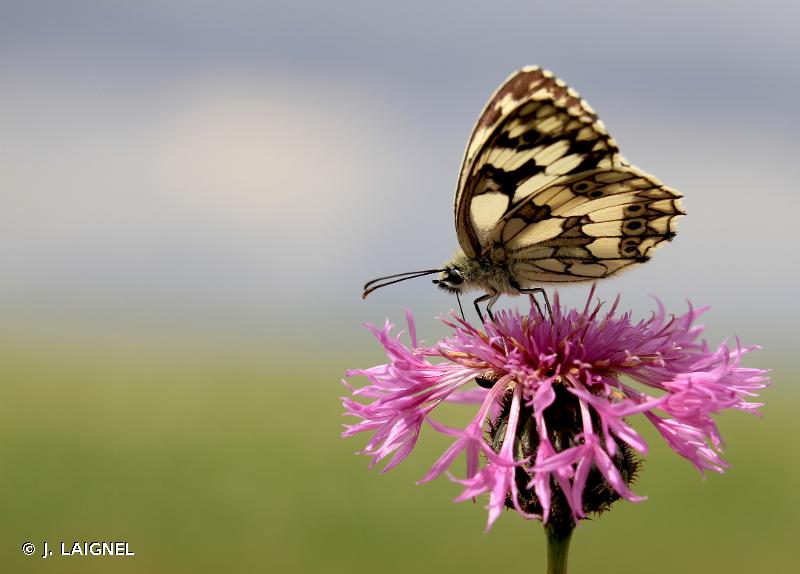
| Author : J. LAIGNEL |
 |
To get the picture, please visit:
Julien Laignel
Chargé de mission SNB - SPN/MNHN
4, avenue du Petit Château
91800 BRUNOY
Tel.: 06.10.68.23.36
Mail: julien.laignel@9online.fr
Despite the Creative Commons license, please inform the author of the use which will be made of his photo

| Author : P. Gourdain |
 |
To get the picture, please visit:
Philippe GOURDAIN
Muséum national d'Histoire naturelle - Service du Patrimoine Naturel
36 rue Geoffroy Saint-Hilaire
CP 41
75 231 PARIS CEDEX 05
e-mail : inpn@mnhn.fr
Legend: Paris 12ème Arrondissement
Despite the Creative Commons license, please inform the author of the use which will be made of his photo
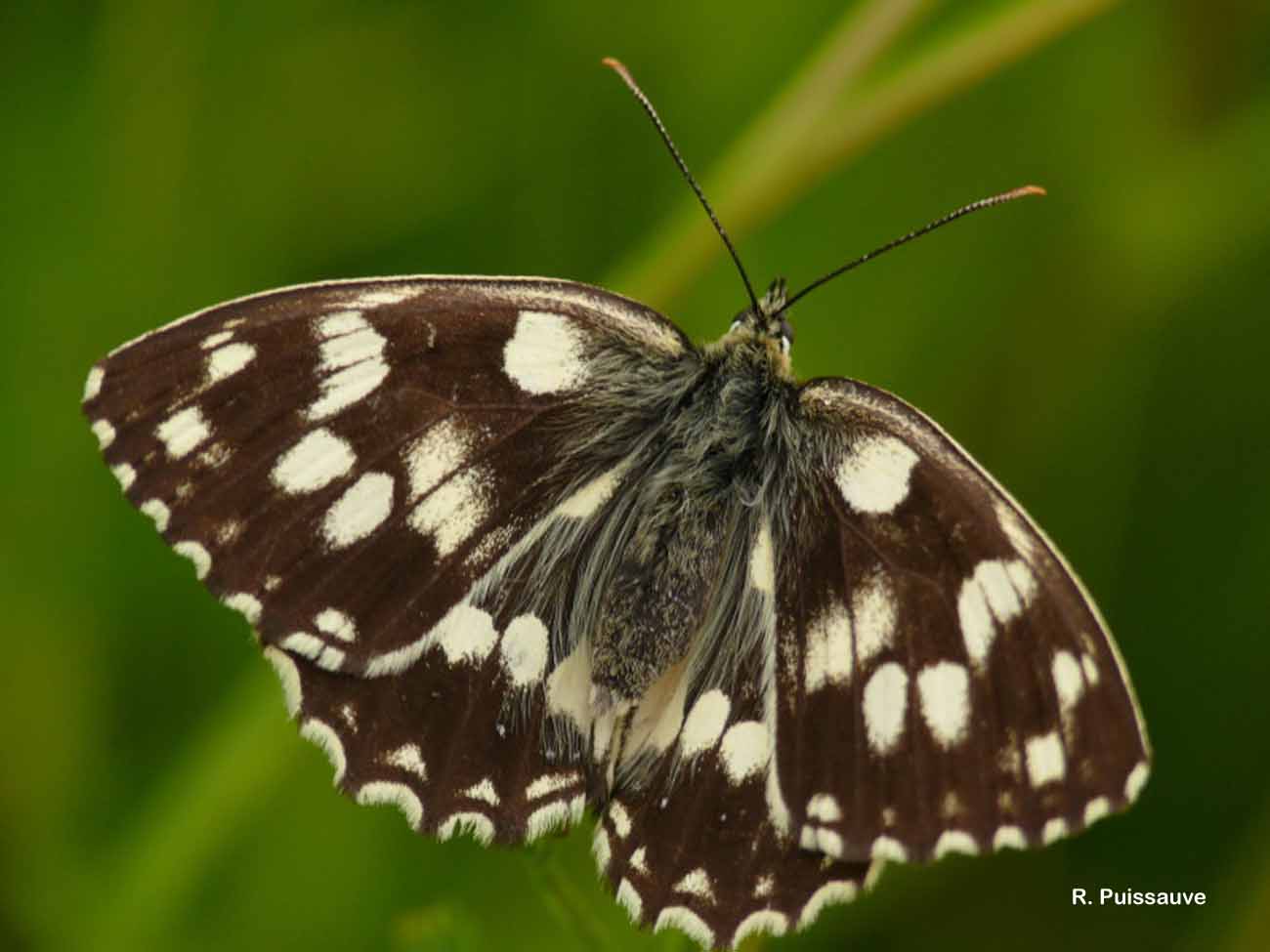
| Author : R. Puissauve |
 |
To get the picture, please visit:
Renaud PUISSAUVE
Muséum national d'Histoire naturelle - Service du Patrimoine Naturel
4 avenue du Petit Château
91 800 BRUNOY
e-mail : puissauve@mnhn.fr
Any reuse of one or more photographs on this site is subject to an authorization request from the author.
Link to the Code of Intellectual Property (Legifrance)
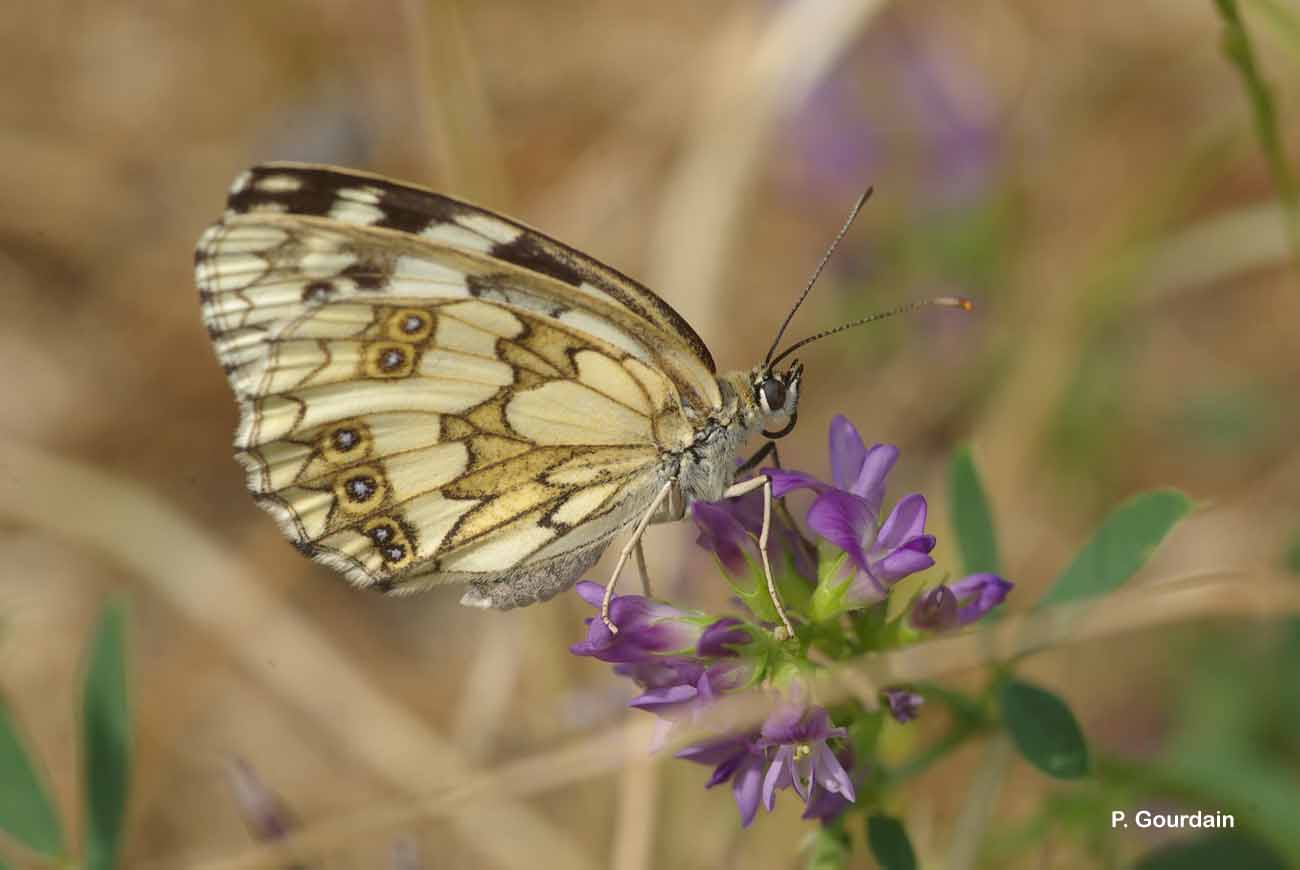
| Author : P. Gourdain |
 |
To get the picture, please visit:
Philippe GOURDAIN
Muséum national d'Histoire naturelle - Service du Patrimoine Naturel
36 rue Geoffroy Saint-Hilaire
CP 41
75 231 PARIS CEDEX 05
e-mail : inpn@mnhn.fr
Legend: Étiolles
Despite the Creative Commons license, please inform the author of the use which will be made of his photo

| Author : P. Gourdain |
 |
To get the picture, please visit:
Philippe GOURDAIN
Muséum national d'Histoire naturelle - Service du Patrimoine Naturel
36 rue Geoffroy Saint-Hilaire
CP 41
75 231 PARIS CEDEX 05
e-mail : inpn@mnhn.fr
Legend: Saint-Pierre-de-Maillé
Despite the Creative Commons license, please inform the author of the use which will be made of his photo

| Author : S. Wroza |
 |
Despite the Creative Commons license, please inform the author of the use which will be made of his photo
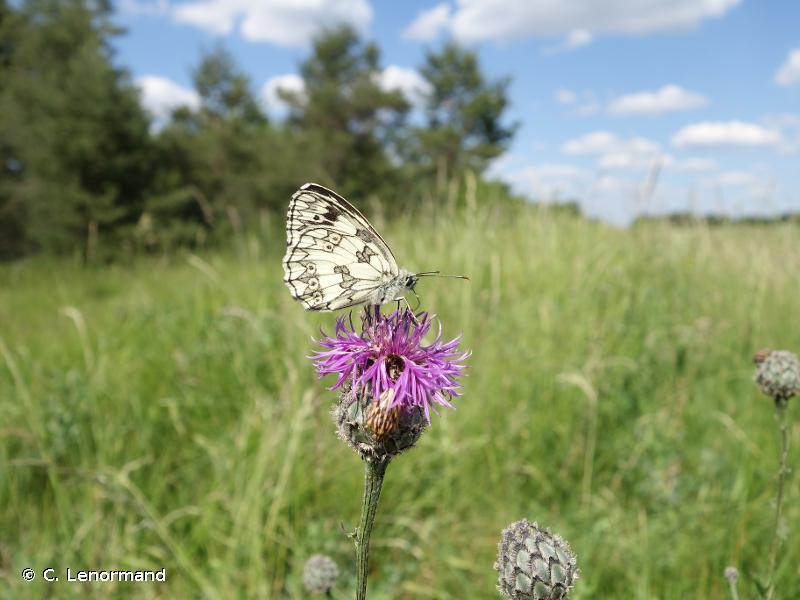
| Author : C. Lenormand |
 |
To get the picture, please visit:
Despite the Creative Commons license, please inform the author of the use which will be made of his photo

| Author : C. Lenormand |
 |
To get the picture, please visit:
Despite the Creative Commons license, please inform the author of the use which will be made of his photo

| Author : A.-H. Paradis |
 |
To get the picture, please visit:
Anne-Hélène Paradis
Missouri Botanical Garden, Africa & Madagascar Department
Muséum national d’Histoire naturelle, ISYEB
57 rue Cuvier
CP 39
75005Paris
paradis.ah@gmail.com
Despite the Creative Commons license, please inform the author of the use which will be made of his photo
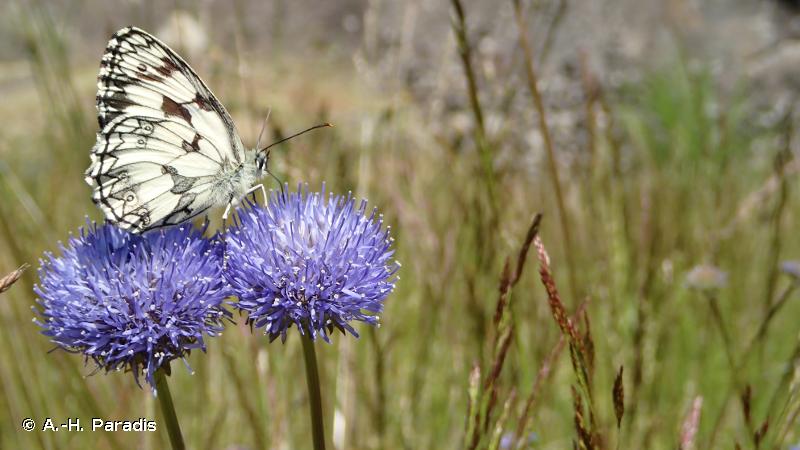
| Author : A.-H. Paradis |
 |
To get the picture, please visit:
Anne-Hélène Paradis
Missouri Botanical Garden, Africa & Madagascar Department
Muséum national d’Histoire naturelle, ISYEB
57 rue Cuvier
CP 39
75005Paris
paradis.ah@gmail.com
Despite the Creative Commons license, please inform the author of the use which will be made of his photo

| Author : J. LAIGNEL |
 |
To get the picture, please visit:
Julien Laignel
Chargé de mission SNB - SPN/MNHN
4, avenue du Petit Château
91800 BRUNOY
Tel.: 06.10.68.23.36
Mail: julien.laignel@9online.fr
Despite the Creative Commons license, please inform the author of the use which will be made of his photo

| Author : S. Wroza |
 |
Despite the Creative Commons license, please inform the author of the use which will be made of his photo
Taille/poids :
Longueur de l'aile antérieure : 20-30 mm.
Diagnose :
Le dessus des ailes est blanc ou crème avec des plages noires. Au niveau de l'aile antérieure, la cellule discoïdale est blanche sans dessin noir. Le dessous des ailes est identique mais les plages noires sont nettement plus claires. On observe une série d'ocelles au niveau de la bande submarginale.
Détermination :
Dans la grande majorité de la France, l'adulte est simple à reconnaître. Dans le domaine méditerranéen, sa détermination demande un examen précis.
Espèces proches :
Dans le domaine méditerranéen, l'espèce peut être confondue avec l'Échiquier ibérique. Chez cette espèce, la moitié basale des ailes est blanche. Elle peut être aussi confondue avec l'Échiquier de Russie. Chez cette espèce, on observe une strie noire dans la cellule discoïdale.
Période d'observation :
Les adultes se rencontrent de mai à septembre.
Biologie-éthologie :
L'espèce a une génération par an. La chenille hivernante achève son développement au printemps au dépend de diverses espèces de Poaceae. Elle se nourrit exclusivement au cours de la nuit. Le jour, elle se maintient au pied de la plante hôte. La nymphose a lieu dans le sol. Les adultes sont très floricoles. Les femelles pondent leurs œufs isolément généralement en les dispersant en vol à même la végétation.
Biogéographique et écologie :
Cette espèce est présente en Europe tempérée et en Asie-Mineure. Elle est rencontrée principalement dans les formations herbacées mésophiles et méso-xérophiles. Les adultes sont observés jusqu'à plus de 2 200 m d'altitude.
D'après :
Essayan, R., Jugan, D., Mora, F. & Ruffoni, A. 2013. Atlas des papillons de jour de Bourgogne et de Franche-Comté (Rhopalocères et Zygènes). Revue Scientifique Bourgogne-Nature, Hors-Série (13) : 1-494.
P. Dupont(UMS 2006 Patrimoine Naturel (AFB / CNRS / MNHN)),2016
Continental
Metropolitan France
Overseas
Marine
Metropolitan France
Overseas
The map presents a summary at the 10 x 10 km grid of the observation data for the species transmitted to the SINP. These data have been subjected to validation filters.
The map presents a reference distribution layer of the species at the scale of departments and marine sectors. The presence and absence data were established by expertise within a network of partners. This reference distribution is used in the validation process of the SINP data at the INPN level.
Corresponds to a report on the basis of at least one observation proved within a period of 10 years (20 years for little-known invertebrates) preceding the year and no presumption of extinction since obtaining the last data nor doubt on reproductive and implemented nature of this population. For migratory species, the presence indicated concerns areas of reproduction.
This status is based on one or more of the following criteria:
This point covers the absence, more difficult by nature to demonstrate than presence. This status is based on one or more of the following criteria:
This status must be assigned to a department in which the presence of the species is casual.
Particular case of absence due to a proven extinction less than a half century ago (older disappearances are treated as "no probable or definite").
In the state of knowledge, we can not comment on the presence or absence in the current department. This is the default status when not comprised in one of the previous categories or whenever there is doubt.
The map shows the global distribution of the species based on GBIF data (Global Biodiversity Information Facility).
